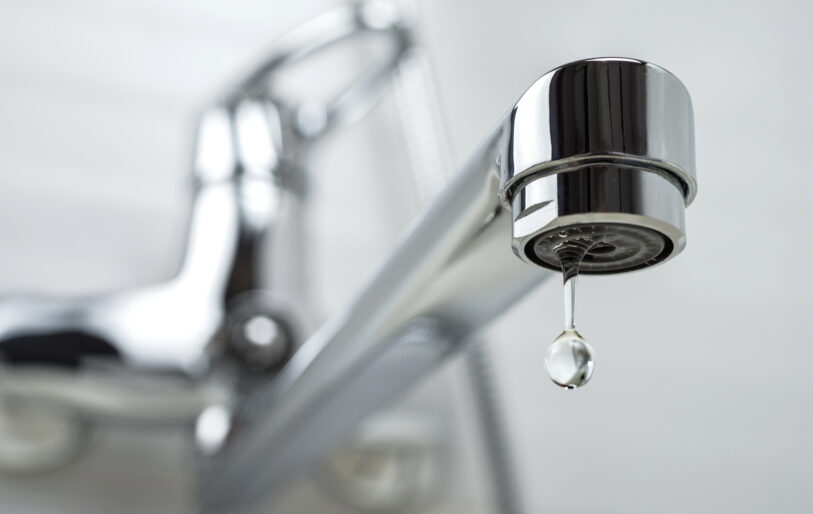Water efficiency for today’s buildings

Building owners and managers are encouraged to reduce water consumption and improve water efficiency to reduce operating costs and use water more responsibly. However, many don’t understand which factors in their facilities most impact water usage. Identifying these factors is essential for implementing effective water efficiency strategies.
RELATED: Drought, water conservation, and water efficiency
Facility and maintenance managers looking to work towards ESG goals, reduce costs, or minimize their impact on the environment need to manage their water usage as part of this process. The key factors affecting commercial facility water consumption are the following:
- Occupancy: The number of people using the facility directly impacts the amount of water used.
- Property use: The amount of water used can be impacted by the building’s use, whether it’s an office building, school, arts center, or similar commercial facility.
- Landscaping: In groundskeeping, native or natural landscaping typically requires less irrigation than non-native options. The type of irrigation system can also impact water savings.
- Food service equipment: Water-using appliances and mechanicals older than seven years are likely to be more inefficient and use more water than newer models.
- Restroom fixtures: Fixtures older than 10 years often use more water and are less efficient than newer models. Today’s technology, like sensors, can help better monitor and manage restroom water usage.
- Aging plumbing: Pipes within the walls of a multi-story building are known as ‘risers,’ and they generally have a lifespan of about 30 years. After this period, leaks are common, resulting in water waste.
Facility owners and managers can proactively minimize water waste by being aware of these factors, “and they should go one step further by conducting a water audit,” says Klaus Reichardt, CEO and Founder of Waterless Co. Inc., marketers of no-water urinals.
Like an energy audit, a water audit identifies where water is used, wasted, or no longer necessary, helping to implement effective water efficiency strategies. Further, if changes are necessary to advance water efficiency, Reichardt suggests restrooms are the first place to start.
“Selecting highly efficient toilets, low-flow faucets, and reliable no-water urinals has become imperative to ensure state-of-the-art water efficiency in today’s buildings.”
Identifying sources of water waste can help facility and maintenance managers reach their ESG goals, limit water consumption, and better manage building costs.
The post Water efficiency for today’s buildings appeared first on REMINET.
 Healthcare FM 5-Day Course - Dubai - Starting 11 September 2022
Healthcare FM 5-Day Course - Dubai - Starting 11 September 2022 
